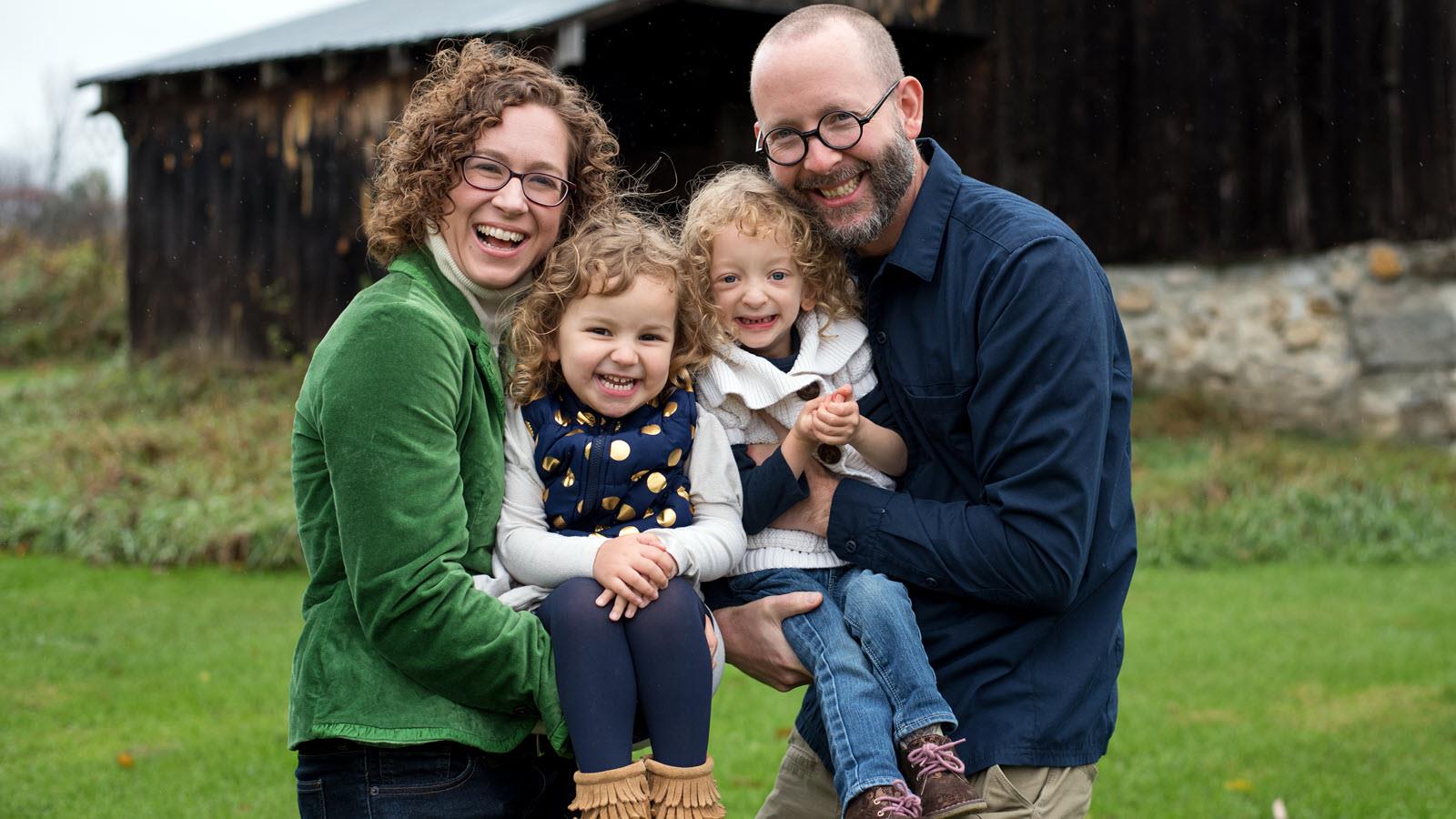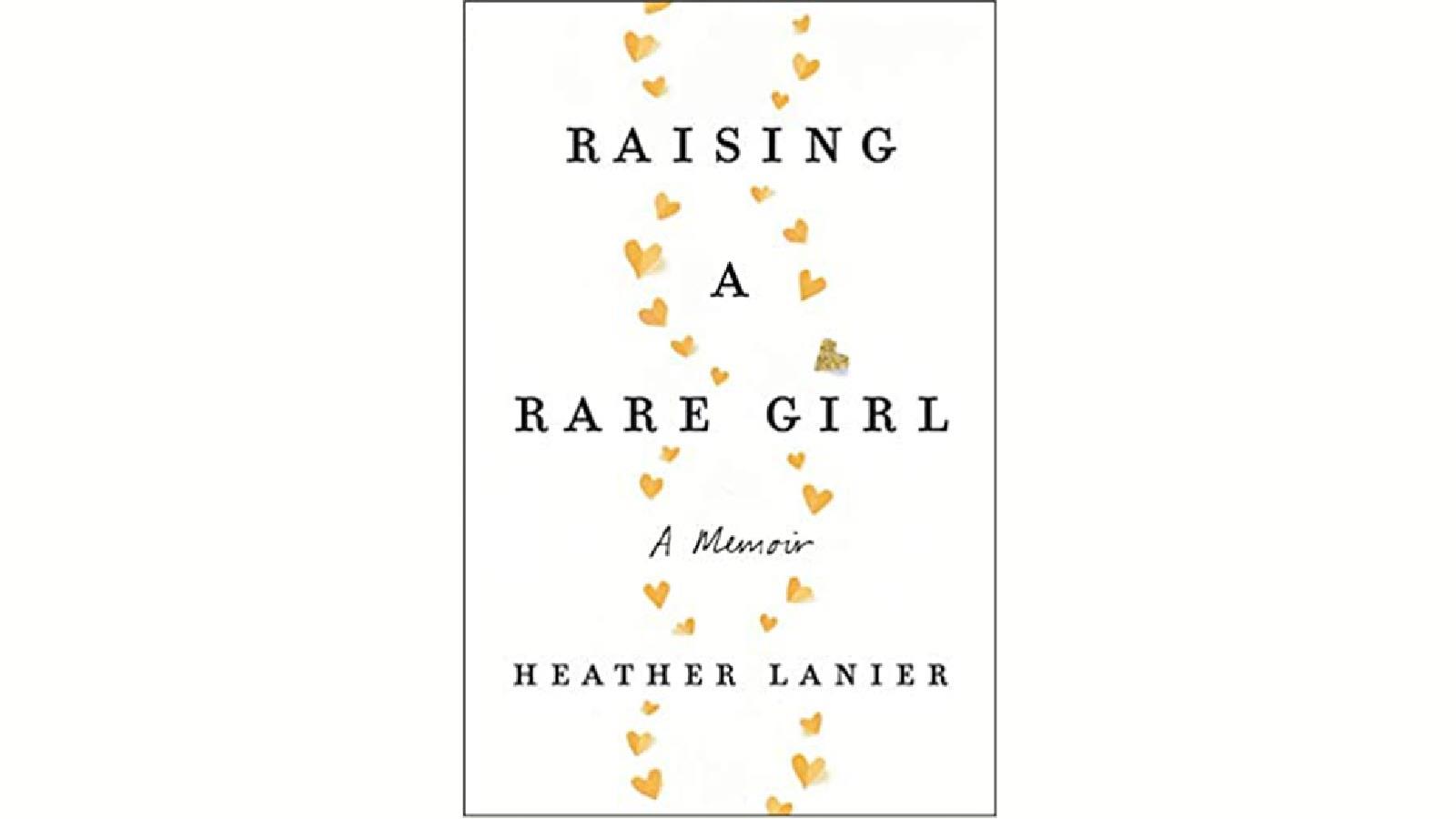Heather Lanier, expecting her first child, was prepared to deliver a Superbaby after a caffeine-free, nutrition-rich, highly disciplined pregnancy.
Instead of the robust newborn she envisioned, her daughter Fiona entered the world listlessly at 4 pounds, 12 ounces.
“A peanut,” said the midwife. “Just a little peanut.”
When Lanier asked if the baby was okay, the nurse didn’t answer.
Soon, she and her husband Justin, an Episcopal priest, were looking for answers to a burgeoning litany of questions. Lanier, a poet and creative nonfiction professor, shared her family’s journey in Raising A Rare Girl, a narrative of embracing the exceptional in a world that does not always celebrate difference. The book has received good reviews from both critics and readers.
“My main goal was to tell a good, true story about what it's like to get the rug pulled out from under you, to be utterly stripped of what you'd expected, and then find yourself with an unexpected gift. I hope the book helps people let the unexpected circumstances of their lives break them open into beautiful new ways of being, as my daughter did for me,” she said.
As an infant, Fiona was an enigma. She didn’t want to nurse. At four months, she weighed seven pounds.
One doctor sized up tiny Fiona, with her wide-set eyes, and concluded something was wrong. “It’s either bad seed,” he said, “or bad soil.”
The Laniers’ search for answers didn’t end with Fiona’s diagnosis of Wolf-Hirschhorn Syndrome, a rare genetic disorder that causes growth problems, poor muscle tone, seizures and varying degrees of intellectual deficits.
They committed to raising Fiona with unconditional love and resolute resolve. They became part of the rare disease community, attending conferences with other Wolf-Hirschhorn families. They sought out social resources to give Fiona the extra help she needs. They partnered with a supportive school system, where administrators and teachers worked with the family to provide Fiona with an inclusive education.
“I wanted to investigate the tyranny of normal, particularly as it manifests in child development, and show how we might free ourselves from it,” she said.

In the book and her blog, Star in Her Eye, Lanier relates how the rarest of flowers blooms, with petals that unfurl slowly. Fiona learns to walk with the aid of braces. At school, she eats her lunch in her special chair in the cafeteria and climbs into bucket swing installed to accommodate her on the playground. Soon, she is sitting on the lunchroom bench with the other kids and swinging on a standard swing.
When Fiona is still a baby, her parents undergo genetic testing which reveals that Fiona’s condition is the result of a genetic abnormality and not an inherited disease. When Lanier is pregnant with her second child, she waives amniocentesis.
“Among my fellow Wolf-Hirschhorn syndrome parents, I’ve heard horror stories,” Lanier writes. “One woman received her daughter’s diagnosis in utero and was told by her OB that she ‘should’ terminate. At 26 weeks pregnant, she was given three out-of-state locations to call immediately. (She never did.) Another mother, also pregnant, met with a geneticist who repeatedly used the word ‘burden,’ explaining that her daughter would not only be a burden to the family but to society.”
Petra, the couple’s second daughter, was not born with Wolf-Hirschhorn. Lanier now teaches at Rowan University in Glassboro, New Jersey. Like other parents, she and her husband are juggling their work with their kids’ learning from home during the pandemic. Fiona is 9 and inquisitive. She has progressed from using hand motions to communicate, to pointing to words and symbols on an iPad, to talking.
Lanier hopes families of rare kids will be uplifted and supported by the story of how she and her husband transformed personal devastation into joy.“It's been especially gratifying to hear from parents who've walked a similar path, or are walking it now and feel less alone, comforted that their grief or struggle won't be permanent,” she said. “I hear from a lot of parents who tore through—and cried through—the book in one or two nights. I'm glad to hear they laughed, too!”



